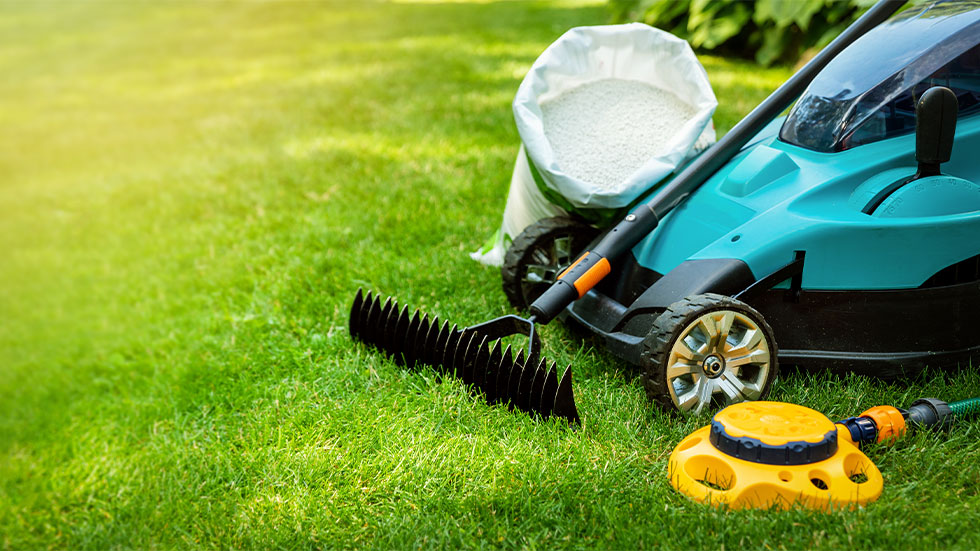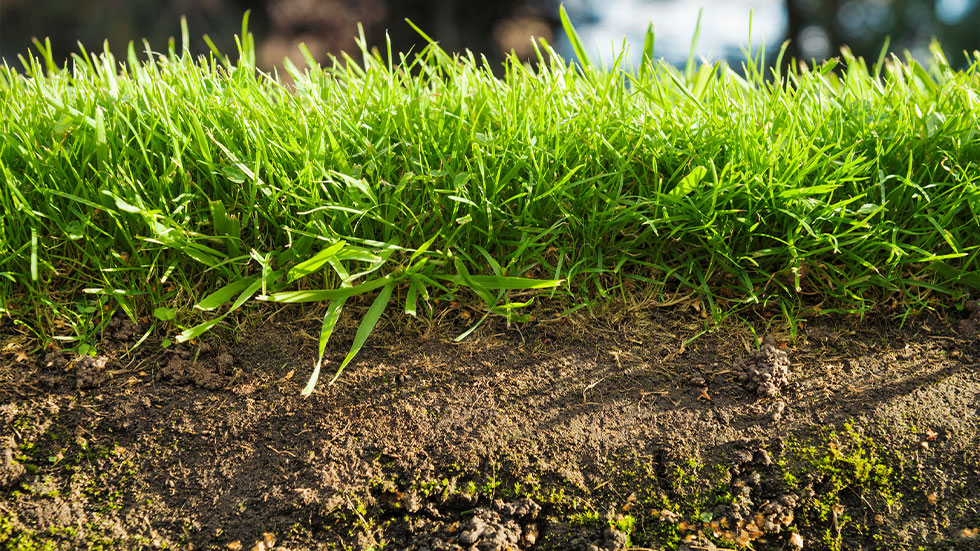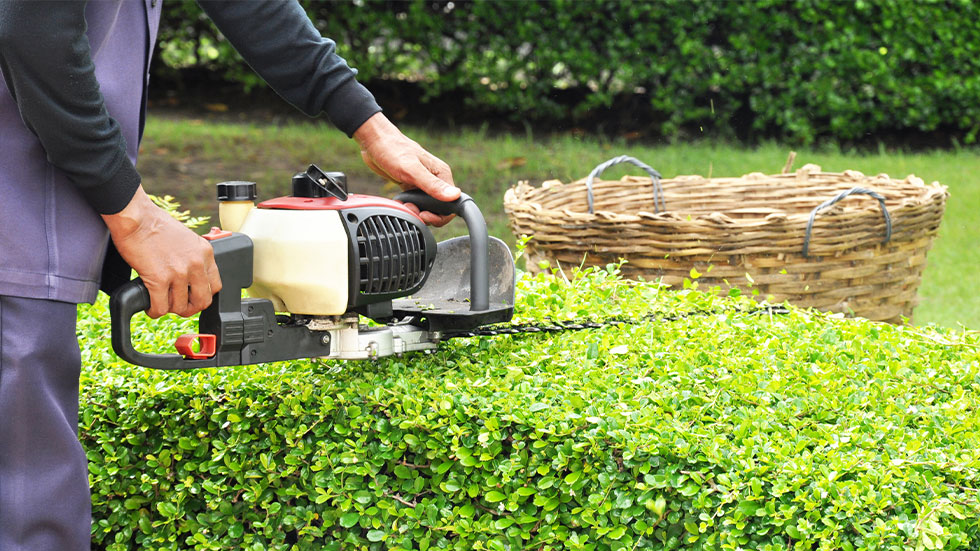3 Steps to Improve Your DIY Lawn Care & Landscaping
Maintain your lawn with the proper fertilizer, soil testing, grass seed, landscaping supplies, and more


A well-maintained lawn holds benefits for first-time homeowners and seasoned DIY pros alike. In addition to enhancing curb appeal and providing a vibrant outdoor living space, lawn care can be a great source of pride, satisfaction, and even summertime fitness.
The idea of tackling an entire landscape singlehandedly can feel daunting at first, especially for inexperienced new homeowners. But rest assured with these three simple steps—and a little elbow grease—you can create a landscaping sanctuary to enjoy all season long.

Step 1: Start with a solid landscape plan of attack
Before trekking to your local garden center for yard tools and supplies, take some time to envision how you will use your outdoor space and the elements that will help bring your vision to life. If you plan to host backyard parties, for example, consider building a small deck or paver patio for guest seating. On the other hand, if planting a vegetable garden is your goal, start by researching online tutorials for help with placement and seed care.
From there, start to put your plan in motion by purchasing and organizing any yard tools or landscaping supplies you’ll need to get started. Then, begin clearing dead leaves, debris, old pavers, and other unwanted items to make way for your dream landscape.

Step 2: Know your soil and grass type
With your landscape prepped, it’s time to dig in and learn—quite literally—what your dirt is made of. Many new homeowners skip this crucial step because they assume soil testing is complicated, expensive, or unnecessary.
In reality, there are 3,000 local conservation districts across the U.S. that provide comprehensive soil analysis for homeowners—and it typically costs no more than $15. Most offices will even recommend grass seed, plants, fertilizers, and lawn care techniques that work best for your specific growing zone, which will help you avoid costly mistakes later as you begin introducing new elements to your landscape.

Step 3: Create a seasonal schedule for lawn maintenance
Now that you know what it takes for lawns to thrive in your area, you’re ready to kick off a regular maintenance routine.
Finding the right mowing and watering frequency might take some trial and error, but for most U.S. regions, landscaping tasks generally fall into these seasonal categories:
Spring
- Start the warm season by aerating your lawn—which is just a fancy word for poking holes to optimize air and water flow.
- Use an automatic or manual spreader to add any necessary fertilizer or amendments that were noted in your soil test.
- Spread grass seed as needed to cover bare patches.
- Use a sprinkler or garden hose timer to soak your entire lawn for 20-30 minutes. This initial watering will help evenly distribute additives and protect new grass seed from birds and other wildlife.
- Use a pressure washer or high-powered hose to remove accumulated grime from driveways, walkways, patio furniture, home exteriors, and other surfaces.

Summer
- Depending on your lawn size and average summer rainfall, mow grass, trim hedges, and water your lawn 1-2 times per week during the hot summer months. Note: In most locations, it’s best to stick to deep but infrequent watering throughout the hot summer months.
Fall
- As cooler temps set in, cut grass shorter on the last few mows to ensure proper air and water flow during the winter months. Do this by lowering your lawnmower blade one or two notches—but take care to avoid cutting more than one-third of the total blade length at a time.
- If your lawn contains large trees, schedule any necessary trimming or other services with a certified arborist in your area.
- Clean patio furniture and other lawn accessories before storing in a garage, shed, or other dry place away from the harsh winter elements.
Winter
- A treated lawn can tolerate a fair amount of winter damage, but it’s wise to do an occasional spot check for areas that appear overly dry, wet, or trampled.
- Keep walkways and downspouts free of snow, ice, dead leaves, and other winter debris.
